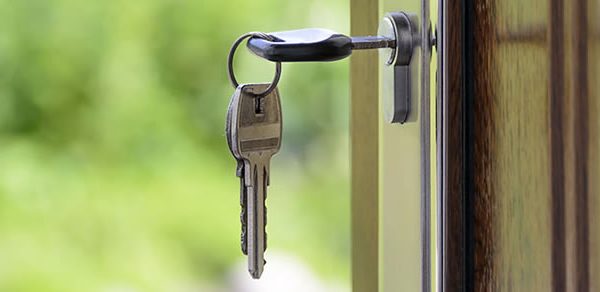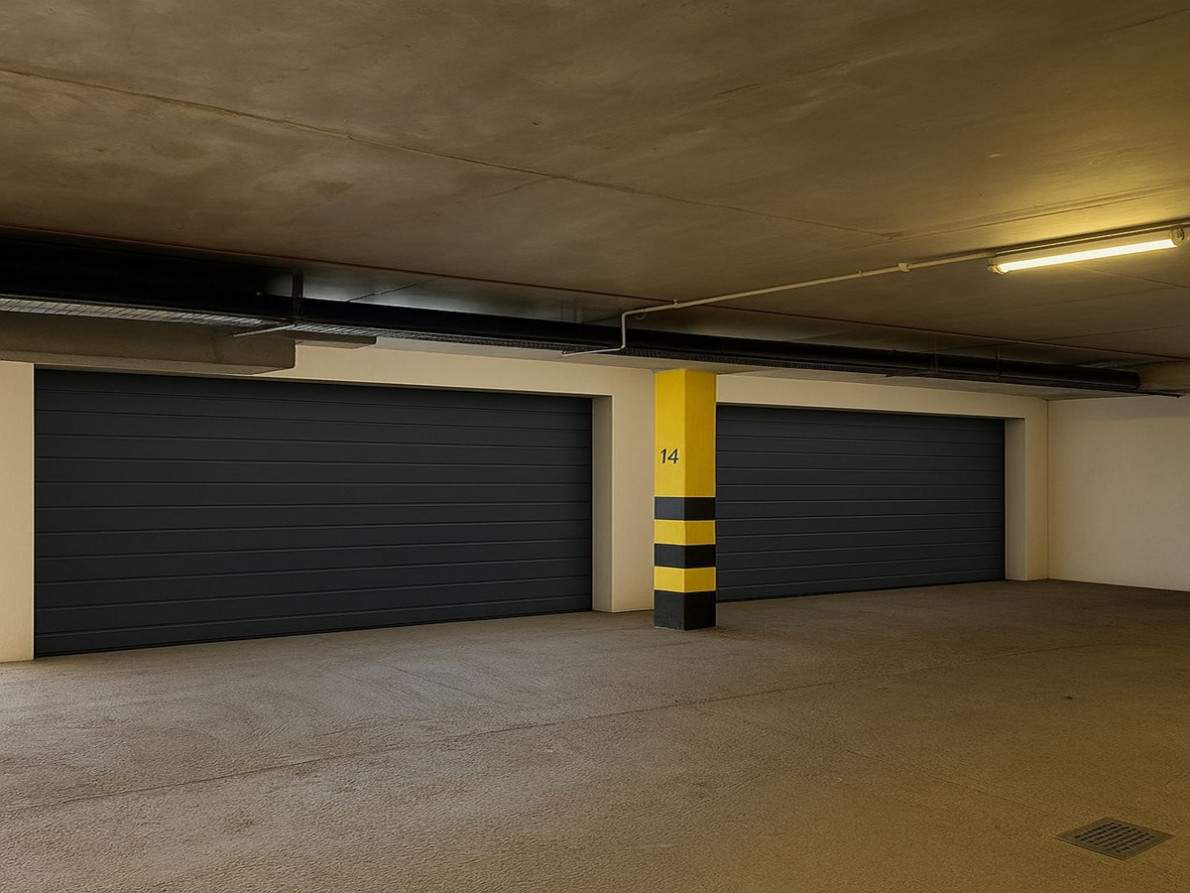An Introduction to Conveyancing

Simply put, conveyancing is the overall procedure from putting in an offer to buy a property to buying the property and becoming the legal owner. It is all the processes involved in transferring a property’s legal title from an old owner to new one.
What does a conveyancer do?
A conveyancer, also known as a conveyancing solicitor, handles all the processes involved in conveyancing. Their role includes:
- Checking if the property is legitimate, actually owned by the seller and preparing a Report on Title.
- Serving as a middleman and helping buyers obtain answers to questions that they may have from sellers. Questions can include: where the boundaries of the property are, fixtures and fittings included on the property and whether there have been any disputes with the neighbours.
- Checking all necessary documents of the property including planning permissions, building regulation certificates and any guarantees certificates on the property.
- Checking local authority plans for the area.
- Paying stamp duty tax on the property and arranging registration of the title in your name.
How to choose and use a good conveyancer
- Before looking for a property, do research for the best conveyancers in your area. You can ask family, friends and your estate agents to recommend to you. Get at least 3 contacts before you start to look for a property.
- Compare quotes from different conveyancers carefully before going ahead.
- If you have any questions regarding their services or a property that you want answers to, tell the conveyancer in advance.
- Let the conveyancer know when you would like to wrap up the deal and when you want to exchange contracts. Let them know that you will require updates on the deal regularly.
- Decide if you want the conveyancer to do an environmental search of the area you intend to buy a property. This will let you know of any risk factors such as flooding associated with the area.
- Negotiate a no sale – no fee deal, such that you don’t pay them anything if the deal doesn’t go through.
You can help speed up the process by:
- Providing the conveyancer with some basic information such as your proof of your Identification, mortgage lender details, the details of the seller (if you already have a seller) and any questions you might have about the property.
- Going through the seller’s responses to questions thoroughly and on time.
- Filling out and completing all mortgage application forms and answering any queries from solicitors promptly. You can hand deliver documents or make use of registered post to save time.
- Asking your conveyancer to explain anything you don’t understand.
The conveyancing process can take between 6 and 12 weeks from the day your offer is accepted to receiving and completing all the paperwork and having any questions answered.





